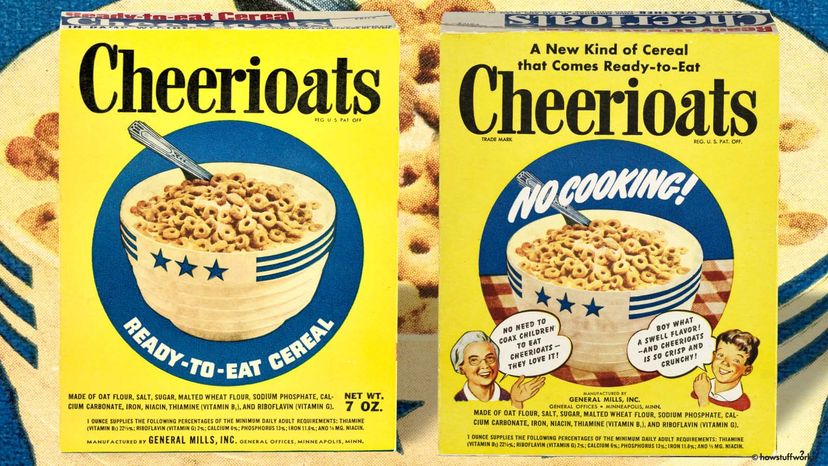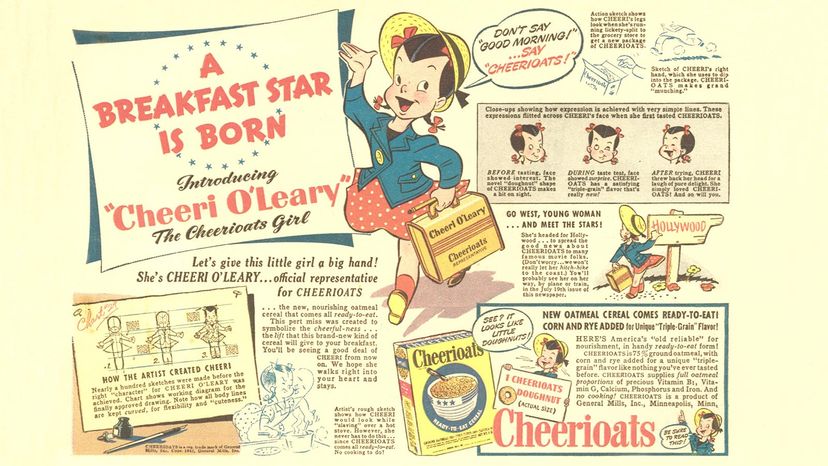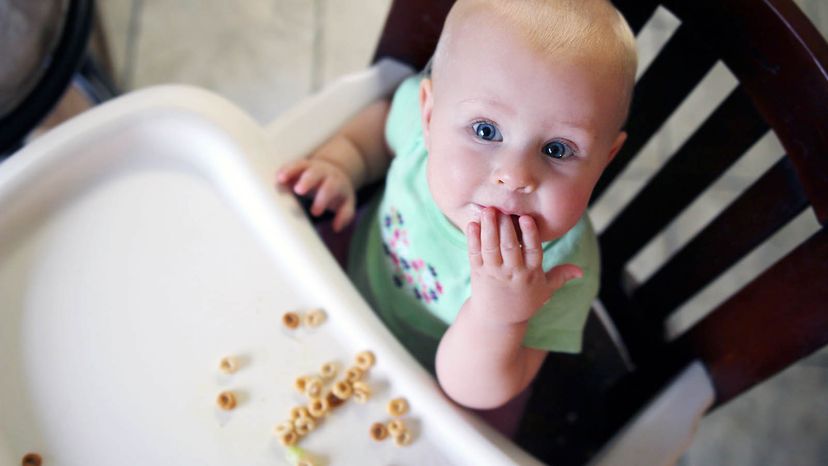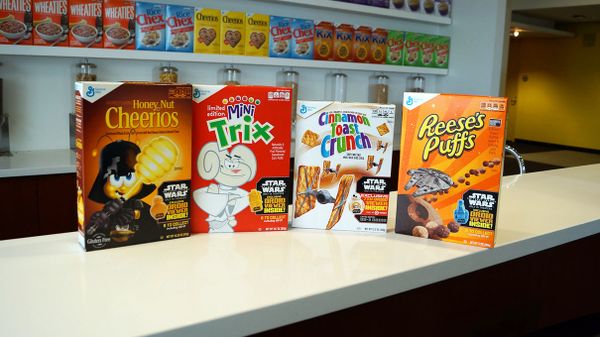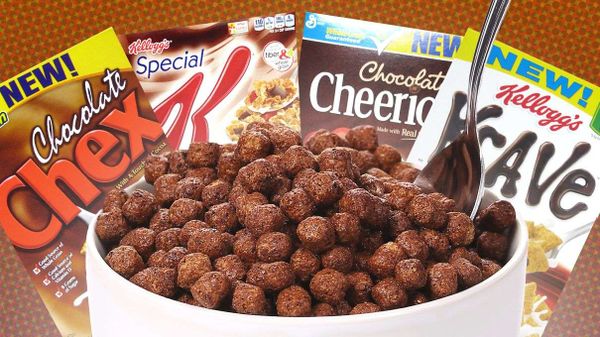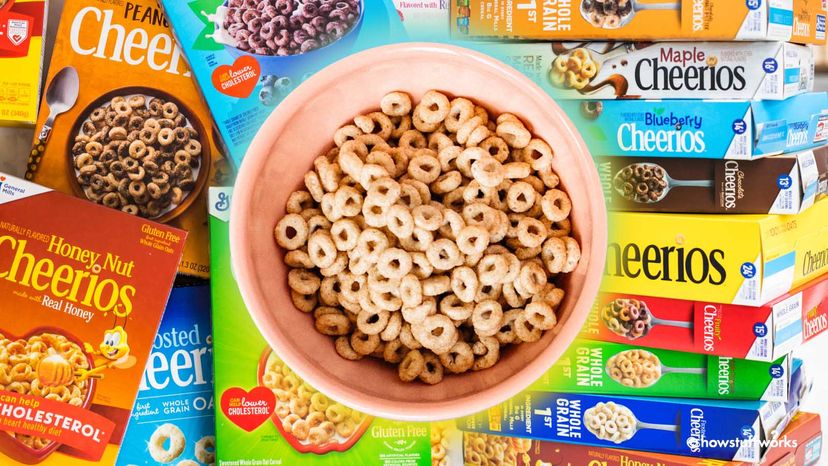
Breakfast is one of the few things on the planet everyone from every country can get behind. Whether your first meal of the day is a bowl of cereal or violet-purple pancakes made from an exotic tuber, breakfast is the great unifier.
But let's get back to cereal. As a kid, you probably loved two kinds: the super-sweet cereal that came with toys inside and of course, Cheerios. If you were lucky enough to eat the latter every morning, you know firsthand how it's one of those cereals you cannot outgrow. It was probably the first cereal you ever tried, and it very well may be the last cereal you'll ever eat.
Advertisement
So where did this classic cereal originate, and how does it get that shape? Read on for the answers, plus more details about Cheerios, you know, for those of us who just can't give up our obsession with one of the best breakfast cereals out there.
